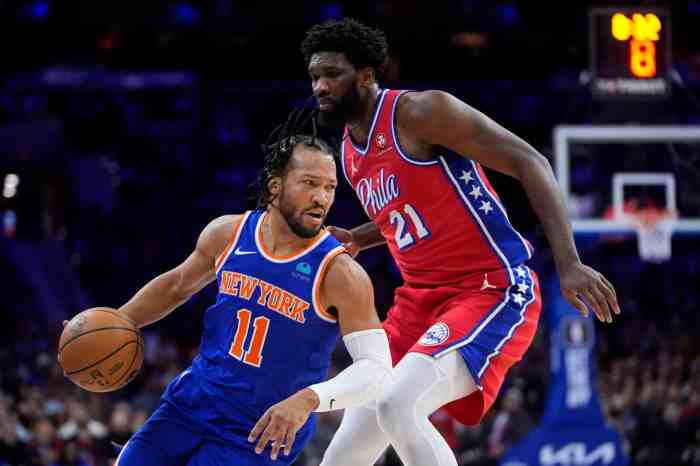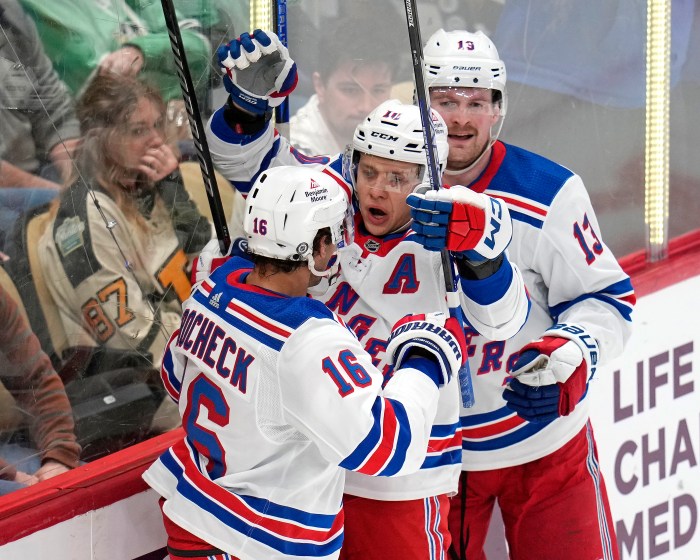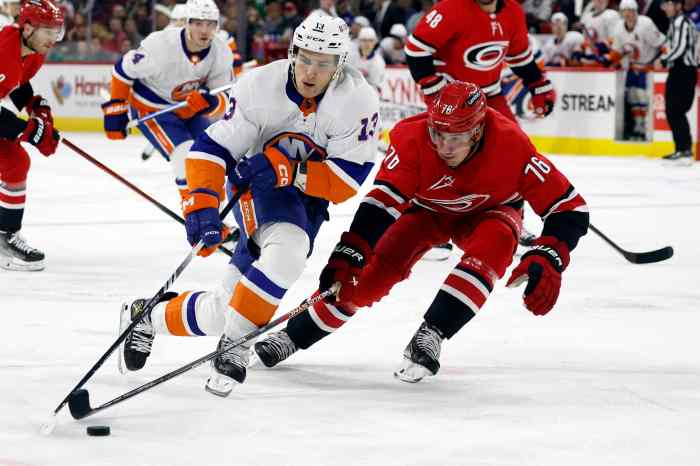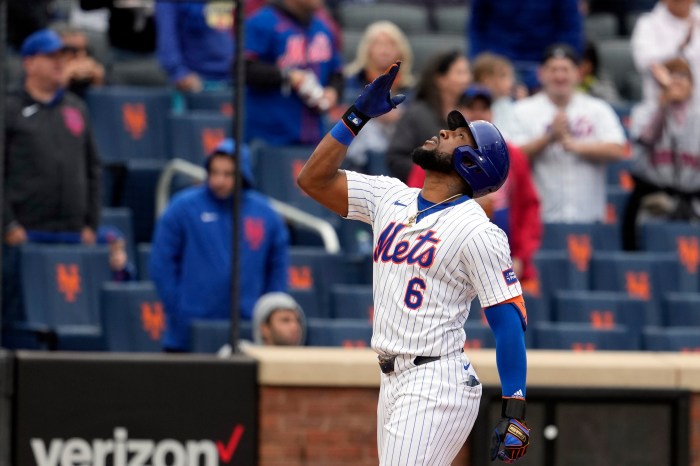
Before Zion Williamson’s potential captivated the basketball world, before a teenage LeBron James entered the national consciousness, and before Kevin Garnett became the first player in decades to skip college and go straight to the NBA, there was Felipe Lopez.
In the early 1990s, Lopez rapidly ascended from being a little-known immigrant teen to leading Rice High School in Harlem, now shuttered, to the 1994 New York State Federation Class A basketball championship. With an MVP performance in that year’s McDonald’s All-American Game, some outside voices suggested he might want to make the rarely charted preps-to-pros leap.
It was not to be, because none of those voices came from within his own household.
"Understand where we came from, the Dominican Republic, and how tight we were [as a family]," Lopez told amNewYork last week. "I knew about basketball … but my mother and my father, they did not, and they [were] the shot callers."
Lopez’s journey, both before and after his time as a high school sensation and as one of St. John’s top scorers, is chronicled in the latest edition of ESPN’s 30 for 30 documentary film series, "The Dominican Dream," which premieres on air Tuesday. Directed by 30 for 30 veteran and Queens native Jonathan Hock, the film does more than tell the story of a heavily hyped basketball prodigy; it illustrates the life of Dominican immigrants in New York City in the ’80s and ‘90s.
As depicted in "The Dominican Dream," Lopez’s rise from Santiago, Dominican Republic, middle schooler to scholastic scoring sensation was a point of pride for the city’s Dominican community.
"I was a pioneer as far as being a Domincan kid, coming from the Dominican Republic and changing the outlook of how you looked at Dominicans back in the ’80s and ’90s," Lopez said, "because, when you thought about Dominicans, you were thinking about a shortstop baseball player or somebody who was uptown selling drugs, somebody who was a criminal. Then comes this Dominican kid, and [he] changes the outlook of how things are being perceived."
The Lopez family arrived in the United States in waves. His father came first, in 1983, followed by his mother and one of his brothers in 1986, he and his sister in 1989 and finally his oldest brother in 1992. Little different from the motivations behind mass Italian and Irish immigration through Ellis Island a century ago, Lopez said, his family sought the American dream.
"Anybody who comes to this country from any other country, your status goes up," Lopez said. "… It is the capital of the world."
For his family, getting an American education was paramount, even above the potentially guaranteed millions Lopez could have earned if he beat Garnett by a year and made the jump to the NBA. Former sneaker executive Sonny Vaccaro tells in the documentary that he advised Lopez it would be wiser financially to skip college, an opinion not shared by any in the Lopez household or by friends or family.
"Everything that we did, we did as a family," Lopez said. "We respected the decisions of everyone, and I was just too young to be saying, ‘This is what I wanna do.’ I [was] still living at home."
Instead, Lopez chose to remain close to home and play at St. John’s. He graced the cover of Sports Illustrated for the annual college basketball preview edition, cementing his place as a player to watch nationwide. Although he averaged 17.8 points and 5.7 rebounds as a freshman, his stock would never be higher than it had been when he graduated from Rice.
Amid stagnating production and poor team results in a tough Big East Conference, Lopez’s star faded from the national stage. A strong senior year with the Red Storm paved the way for a return to the NCAA Tournament in 1998, but the Johnnies were one-and-done with a narrow upset loss to Detroit Mercy that capped his amateur career. He left St. John’s as the school’s third-leading scorer and remains fourth on the list.
Lopez went on to become a late first-round pick and spent time with the Vancouver Grizzlies, Washington Wizards and Minnesota Timberwolves over four NBA seasons before tearing up the ligaments in his knee during a preseason game. Once rehabilitated, he continued his career in the U.S. minor leagues and overseas before playing his final year in his native Dominican Republic.
Now 44, Lopez commits time to working with NBA Cares, doing outreach in the New York City with schools and mentorship programs as well as speaking with inmates at Rikers Island. Although it’s possible he could have earned more money had he gone pro in 1994, he doesn’t wring his hands over the decision. To hear him tell it, he doesn’t measure his legacy in dollars and cents.
"To me, you don’t define success by how much money you have, but by how many people you are able to touch through your persona, through your own giving back, through your own caring about community," he said.

















